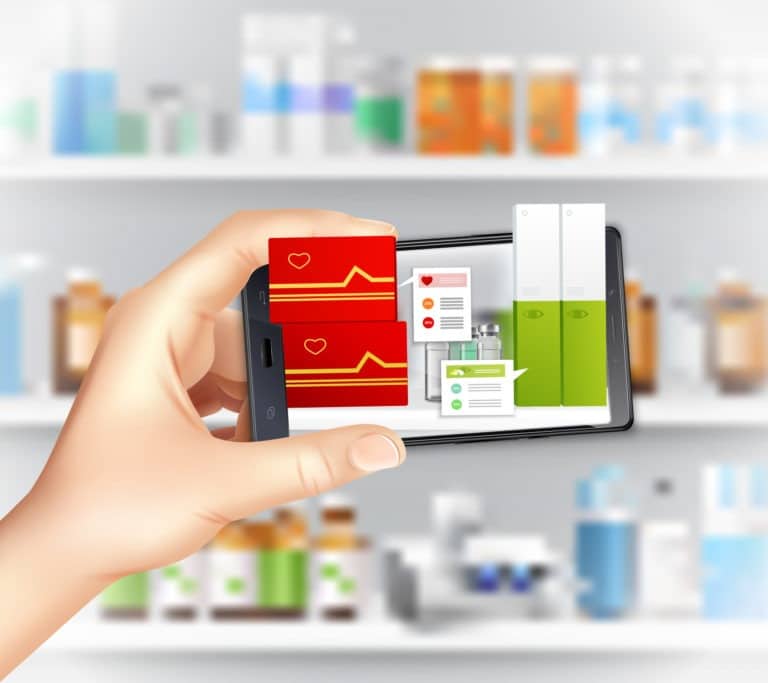Coronavirus Emergency: how Augmented and Virtual Reality can improve healthcare
In recent years, companies involved in bringing Augmented and Virtual Reality technology into everyday life have increasingly established themselves in various fields, such as medicine. Given their potential, they are able to simulate surgery, improve diagnostic imaging and thus rehabilitation and patient care.
These companies are called upon to respond to the current need of healthcare which, due to the Coronavirus emergency, is experiencing a deep crisis and is asking for support and strategic alternatives to deal with it.
Before the pandemic, the slice of the healthcare market in which Augmented and Virtual Reality technologies were most widely used is estimated to have grown from $2 billion in 2018 to more than $11 billion in 2025.
How can Virtual and Augmented Reality improve healthcare?
Augmented and Virtual Reality have an impact on people’s perception, add essential elements and enrich their world. Augmented Reality does this through a camera and a device (tablet, smartphone…), while Virtual Reality completely allow people to immerse themself in a different and realistic context and interact with it. Participants can be in the same place all together, while staying at home, as is now required by the Coronavirus emergency we are experiencing. It is possible to create totally virtual and safe interaction spaces in which people can collaborate in real time.

Coronavirus emergency: when technology saves lives
These two technologies, taken together, can be used for the imaging needed for medical diagnoses, improve patient care and rehabilitation and, not surprisingly, simulate surgery. Mental health professionals, who have already seen the great resources of these technologies, already use them in their work: they are very useful to communicate with patients and to treat some of the most disabling disorders, such as phobic ones.
Surgeons, on the other hand, use haptic technologies, holograms and other immersive tools to visualize the areas of the body in which they are interested, design 3D representations and improve the accuracy of diagnosis.
This is a big leap for healthcare, which can serve patients in every way, without limitations of any kind. This is exactly what is needed at this time, when healthcare professionals play a key role in fighting the Coronavirus pandemic, but they also need to be careful not to get infected and act wisely.

Covid-19: from crisis to technological progress
What this health, social and human crisis has taught us is that some services must always be ready and prepared for emergencies and that certain categories of professionals (doctors, nurses, psychotherapists) must be able to act in complete safety to guarantee excellent service to the community.
Augmented and Virtual Reality, therefore, lend themselves very well to the development of new life-saving technologies, to be also used in the training of new doctors and health professionals. The potential of technology in medicine is great.
If you are interested in the potential of new technologies, contact us and let’s talk about it!
